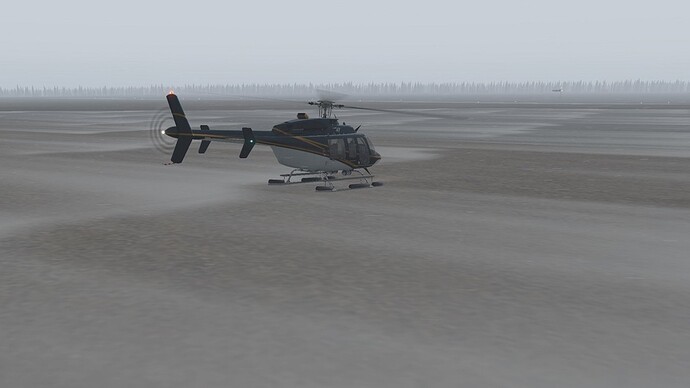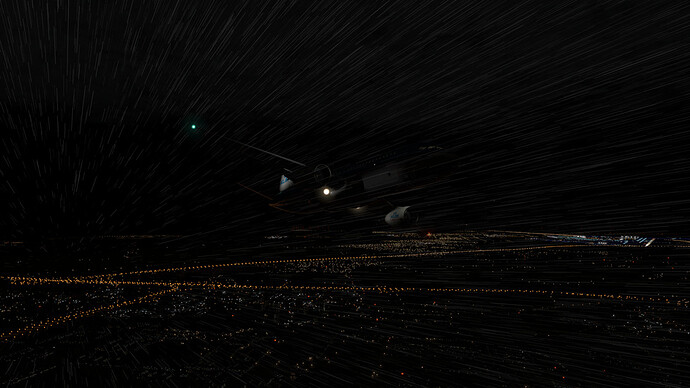Leg 1 EHBK —> EHAM
The last glimpses of sunlight as I attempt to summon the Airbus to life. I only had this aircraft for a few days, but start-up is pretty easy and straight-forward. Only three things had me slightly baffled, and only one was included during the start-up. It was the APU MASTER, and it sits deviously close to the APU starter 
Start-up went mostly as expected. Only INS3 was giving me troubles. I attempted to troubleshoot it like a real professional, namely by turning it off and on again. It attempted to allign each and every time but ended up going into faults again, so I ended up turning it off and flying on only one and two.
Working that MCDU magic…
… I eventually came up with this route.
Interesting turn before final, but winds are pretty strong and we have some localised precipitation, so shooting for an ILS on 27 is justified.
APU coming online
And here come the engines.
Don’t mind the error. It is apperently something that has to be cleared using the tablet. haven’t figured it out yet.
pretty long taxi session. I also have to roll down the runway and turn around, much to the dismay of the plane. “Warning runway 3300 feet remaining! Short runway, Short runway!”
Getting ready to leave this place. Since we’re only lightly loaded for this short trip, I opted for a FLEX+75 take-off. I don’t really know how to calculate these, yet. Maybe CP has an insight to share? It turned out fine. This was also my second out of three confusing elements as I was learning the 'bus. The autothrottles don’t move the physical throttles. The jet was complaining to me in some sort of code I did not yet understand. The only thing my feeble mind was able to comprehend was “move throttles”, so I did, at which point the bus’s throttles announced they had TOGA, and all seemed fine. Now that I have a few hours in, I understand TOGA means take-off/Go-around. That has been explaining all the overspeeds and subsequent manual flying I had to do. I now understand that once in cruise, you can just leave the throttles in CLIMB.
Off the runway and above the clouds. Hitting some patches of rain here and there.
On our way to cruise, the rain looks very convincing. Perhaps difficult to see in this dark screenshot, the droplets on the glass distort the light very nicely. Very convincing to see in motion.
Having safely made it to the top of climb, the top of descent is already in sight on this short leg of the journey.
Precious few minutes over Eindhoven is the only time spent in cruise at maximum altitude.
In the descent. While take-off and climb FD and AP modes were perfectly understandle, descending was the last tricky concept my mind had to try and wrap around. Instead of a single descent mode, there are several. Atleast V/S did right what it says on the tin it should do, but understanding managed descent versus Open descent took some reading and getting used to. It seems that once a managed descent has been conscented to, the jet will fly the descent path as calculated by the MCDU. This is the mode I have chosen. The calculated path is shown on the altimeter as a magenta dot, and the wiggle on the navigation display indicates the point where the jet will intercept the calculated glide path. Open descent seems to be managed around speed instead, where the jet will use its pitch to control the speed. (CP?)
On the glidepath, continuing the descent.
EHAM comes into view. Just pressing the LS key auto-tunes the ILS for runway 27, fantastic.
Hitting a local patch of rough weather as I move through the turn I described earlier.
Coming up for runway 27, the weather is still rough but the visibility good. It became immediatley apparent that there is still quite the crosswind component, I should have adhered to the ATIS! but this will be a good testing enviroment for the auto-land. With both AP’s enabled but with one INS INOP, the jet seems to conscent to a CAT III Single. If I had all systems running, CAT III Dual would have been possible.
Quite the crosswind indeed. Fortunately it is not very gusty, and not shearing at all. I only had to take over to keep her on the centerline, and to activate the thrust reversers.
She seems to be catching quite a wind, and attempting to feather into the wind. Something I am not really used to from airliners, but then again, she can be up to about a hundred tons lighter than the 767 I usually fly.
At the gate!
and fully shut down
Distance travelled: 0.92%
Thanks for reading!





































